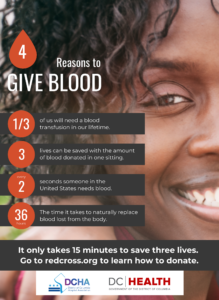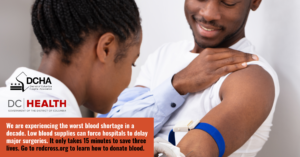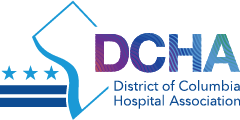Bloed doneren - Het Rode Kruis ervaart het ergste bloedtekort in een decennium
Het Rode Kruis kampt met het ergste bloedtekort in meer dan tien jaar. Lage bloedtoevoerniveaus kunnen ziekenhuizen dwingen om patiënten uit te stellen van een grote operatie. Bloeddonatie is hard nodig.
Algemene berichten
- De huidige bloedcrisis is de ergste in de afgelopen 10+ jaar.
- Het Rode Kruis heeft nog steeds behoefte aan bloeddonaties om ervoor te zorgen dat ziekenhuispatiënten in onze gemeenschap de nodige zorg blijven krijgen voor behandelingen, zoals transfusies voor mensen die strijden tegen kanker. Alle bloedgroepen zijn nodig, vooral de typen O+ & O-.
- Ga naar RedCrossBlood.org om de volgende beschikbare afspraak om te doneren te vinden.
- Het Rode Kruis, dat 40% van de bloedvoorraad van het land levert, heeft de distributie van bloedproducten aan ziekenhuizen als gevolg van het tekort moeten beperken. Het is zelfs mogelijk dat sommige ziekenhuizen 1 op de 4 bloedproducten die ze nodig hebben niet krijgen.
- Bloed kan niet worden vervaardigd of opgeslagen en kan alleen beschikbaar worden gesteld door de vriendelijkheid van vrijwillige donoren.
- Je kunt drie levens redden in 15 minuten.
Wat veroorzaakt de bloedtekortcrisis?
- De totale bloeddonaties zijn sinds maart 2020 met 10% afgenomen.
- Als gevolg van de pandemie is er een daling van 62% op de universiteit en op de middelbare school. Studentdonoren waren goed voor ~25% van de donoren in 2019 waren goed voor slechts ~10% tijdens de pandemie.
- Er zijn doorlopende annuleringen van bloedinzamelingen vanwege ziekte, weergerelateerde sluitingen en personeelsbeperkingen.
Kritisch nodig bloed
- Type O-positief is de meest getransfundeerde bloedgroep en kan worden getransfundeerd aan Rh-positieve patiënten van elke bloedgroep. 38% van de bevolking heeft O-positief bloed, waardoor dit het meest voorkomende type is.
- Type O-negatief is de universele bloedgroep en waar het personeel van de spoedafdeling naar streeft als er geen tijd is om de bloedgroep van patiënten in de meest ernstige situaties te bepalen.
- Bloedplaatjes zijn het stollende deel van bloed, dat binnen vijf dagen na donatie moet worden getransfundeerd.
- Bijna de helft van alle bloedplaatjesdonaties wordt gegeven aan patiënten die kankerbehandelingen ondergaan
Redenen om bloed te geven
- 1/3 van ons zal in de toekomst een bloedtransfusie nodig hebben
- Er kunnen 3 levens worden gered met de hoeveelheid bloed die in één keer wordt gedoneerd
- Elke twee seconden heeft iemand in de Verenigde Staten bloed nodig
- 36 uur is de tijd die nodig is om op natuurlijke wijze verloren bloed uit het lichaam te vervangen
Oproep tot actie
- Zorg ervoor dat mensen weten waar en hoe ze bloed kunnen doneren.
- Ga naar redcross.org om te leren geven.
Bronnen: American Red Cross, Give Blood, One Blood
Voorbeeldafbeeldingen









